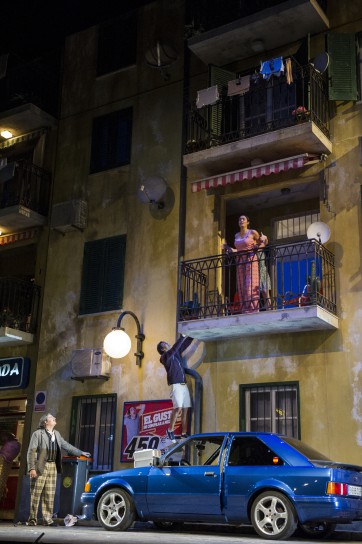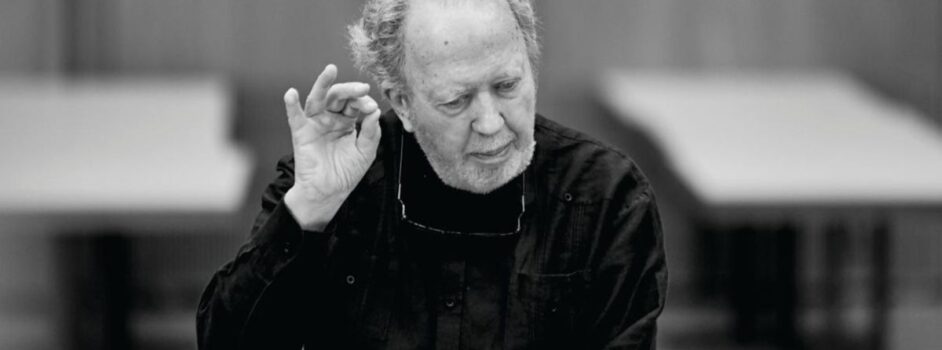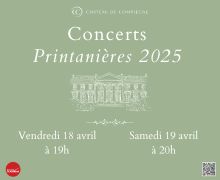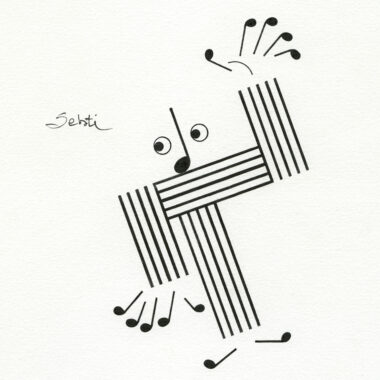Plus de détails
Saint-Étienne. Grand Théâtre Massenet. 03-II-2013. Gioachino Rossini (1792-1868): Il Barbiere di Seviglia, melodramma buffo in two acts, libretto by Cesare Sterbini. Stage direction: Damiano Michieletto; Set design: Paolo Fantin; Dress design: Silvia Aymonino; Ligh design: Fabio Barettin. With : Florian Sempey, Figaro ; Gaëlle Arquez, Rosina ; Philippe Talbot, Count Almaviva ; Giulio Mastrototaro, Bartolo ; Wojtek Smilek, Don Basilio ; Françoise Delplanque, Berta ;Marc Scoffoni, Fiorello ; Frédéric Foggieri, un officier. Chœur Lyrique Saint-Étienne Loire (Chorus Master: Laurent Touche). Saint-Étienne Symphonic Orchestra, conductor: Alberto Zedda
 Alberto Zedda conducting a Rossini opera is always an important event. Even in the most famous of Rossini's operas, this demonic conductor, together with an orchestra in a state of grace, managed to find and reveal to us new sonorities, details previously unsuspected within a constant flow.
Alberto Zedda conducting a Rossini opera is always an important event. Even in the most famous of Rossini's operas, this demonic conductor, together with an orchestra in a state of grace, managed to find and reveal to us new sonorities, details previously unsuspected within a constant flow.
Such exceptional conducting would almost be enough for a superb performance, but the entire cast, delightfully, was outstanding, including very young singers in the main roles. Florian Sempey, nominated at the Victoires de la Musique Classique for the award of the most promising young artist, is a beautiful baritone. His tone is robust, his production clear and incisive; he by no means suffers by comparison with more experienced singers. What's more, he is one of those singers who are entirely transformed and really shine onstage. As a thoroughly modern Figaro, with long hair and white suit, he is simply unrecognizable. Gaëlle Arquez is another top prospect among younger French singers, who is garnering more and more attention. She is a pretty mezzo with a rich tone, graceful phrasing, and perfect diction. Her Rosina is still a child, explosive rather than cunning, terrified rather than demanding. It should be noted that her tutor, Bartolo, is a wily man of dubious morals, far from the pure clown we are used to. The singer, Giulio Mastrototaro, is a very good actor, but his tone is still a little too light for him to have enough vocal heft.
Philippe Talbot is a young tenor with a sweet voice, and he executes Count Almaviva's roulades very well. His “Cessa di più resistere” is impeccable, although it lacks power. Wojtek Smilek is a routine Basilio, Françoise Delplanque stands out as very dynamic Berta, Marc Scoffoni is a treat as Fiorello, and Frédéric Foggieri is hilarious as the Officer.
The breathtaking production, which debuted at the Geneva Opera, made for a perfect show at the Grand Théâtre de Saint-Etienne. It is set in contemporary Spain, on an ordinary street, among houses with faded ochre walls with occasional graffiti and a tapas bar. Ordinary people – the chorus, very committed and acting well – walk in, have a drink at the bar, or hang out laundry on the balcony. Yet they rush eagerly toward Bartolo's house at the slightest provocation. The house can pivot to show us all its various rooms, including secondary scenes revealing Berta's love life or Ambrogio's problems as the super. This clever mechanism moves with well-oiled precision, and really pulls us into the confusion that reigns at the end of act I.
Without question, this Barber is truly “di qualità!”
Plus de détails
Saint-Étienne. Grand Théâtre Massenet. 03-II-2013. Gioachino Rossini (1792-1868): Il Barbiere di Seviglia, melodramma buffo in two acts, libretto by Cesare Sterbini. Stage direction: Damiano Michieletto; Set design: Paolo Fantin; Dress design: Silvia Aymonino; Ligh design: Fabio Barettin. With : Florian Sempey, Figaro ; Gaëlle Arquez, Rosina ; Philippe Talbot, Count Almaviva ; Giulio Mastrototaro, Bartolo ; Wojtek Smilek, Don Basilio ; Françoise Delplanque, Berta ;Marc Scoffoni, Fiorello ; Frédéric Foggieri, un officier. Chœur Lyrique Saint-Étienne Loire (Chorus Master: Laurent Touche). Saint-Étienne Symphonic Orchestra, conductor: Alberto Zedda







